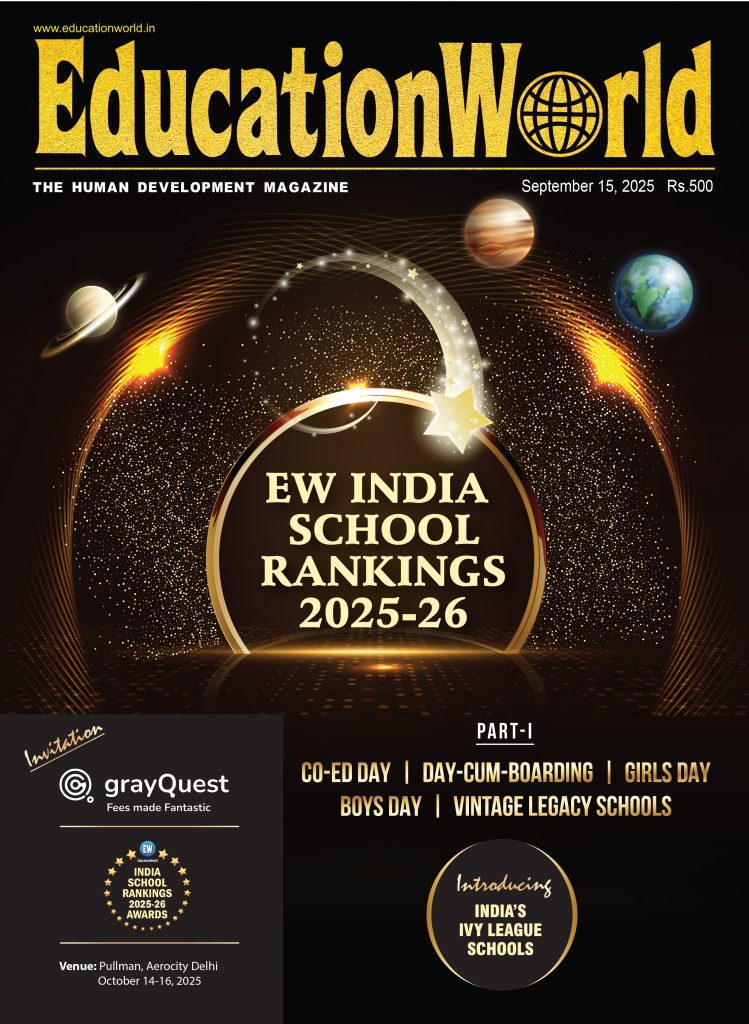Enlightening anthology
Aids Sutra: Untold Stories from India; Random House India; Price: Rs.395; 334 pp
.gif) This anthology of impactful essays with an introduction by Nobel prize-winning economist Amartya Sen, is supported by Avahan, the India AIDS Initiative of the Bill and Melinda Gates Foundation. It strings together 16 high profile writers, who attempt to provide insights into the grim twilight zone inhabited by HIV and AIDS afflicted Indians. Curiously, the title of the book has inter-textual links with Vatsayana’s ancient Sanskrit treatise on ‘kama’ or human sexuality — the Kamasutra.
This anthology of impactful essays with an introduction by Nobel prize-winning economist Amartya Sen, is supported by Avahan, the India AIDS Initiative of the Bill and Melinda Gates Foundation. It strings together 16 high profile writers, who attempt to provide insights into the grim twilight zone inhabited by HIV and AIDS afflicted Indians. Curiously, the title of the book has inter-textual links with Vatsayana’s ancient Sanskrit treatise on ‘kama’ or human sexuality — the Kamasutra.
The word ‘sutra’ inscribed in Devnagari script to form a continuity with the preceding word AIDS written in Roman script, literally drags the story of this stigmatised, life-threatening disease into the Indian scenario. In India’s orthodox, superstitious and largely illiterate or semi-literate society, the hard facts about the spread of AIDS are either ignored or vehemently denied. Statistics, however, reveal that the number of those afflicted by the virus, which usually destroys the body’s immuno-deficiency system, exceeds 3 million.
Aids Sutra recounts real-life stories from India that give a human face to what is essentially a global tragedy. As Amartya Sen writes in his foreword, “the understanding of a complex reality not only demands facts, figures and empirical details, but also the use of our responsive imagination to interpret what is going on….” Thus facts are transformed into comprehension through literature that “plays a mediating role over the millennia everywhere in the world”.
In her contribution to this collection titled ‘Night Claims the Godavari’, Booker Prize novelist Kiran Desai describes a tour of the coastal East Godavari district of Andhra Pradesh, and her experience of Peddapuram, a hamlet traditionally notorious for prostitution. She comes across women descended from prostitute castes, whose lives raise larger issues of poverty and gender. While these women have commonplace aspirations, they live their professional lives “with the intensity of art; rife with metaphor, raw, distilled”.
Sunil Gangopadhyay’s story ‘Return to Sonagachhi’, the infamous redlight district in the heart of Kolkata, traces the beginnings of the flesh trade to the eclipse of the landowning zamindars and the growth of the merchant class, flaunting flamboyant lifestyles, which popularised the idea of the ‘kept woman’ or barnari. By the 1960s, the brothels where the author and his bohemian friends escaped to drink Scotch and discuss literature, had lost much of the old-world genteelness. It was “a dark world… hundreds of cell-like rooms — dim and airless…” A further transformation has occurred over the past few decades when the “crushed and defeated” sex workers of Sonagachhi have acquired self-confidence, formed unions, professionalised their work and take greater care of their health by cooperating with NGOs.
These “untold stories from india” are all first-person encounters, either reported directly or distanced through fictional names and locations. William Dalrymple meets the “daughters of Yellamma” who live in Belgaum (Karnataka) and contiguous villages, with the stark and omnipresent truth that neglect, ugliness and death are in store for them. These are devadasis who believe it is not the goddess enshrined in the temple at Saundatti, but “the world, and the disease” which strikes them. The legend of Yellamma is as gripping as the confessional narrative of Rani Bai, brimming with injustice, betrayal and abuse. Dalrymple’s tour-de force into the history of the devadasi cult originating in India’s ancient temples ends with the death of Rani Bai, forced into the sex trade with religious sanction, and inevitably afflicted with the AIDS virus.
The themes of the stories are familiar, but the differentiator of this anthology is the respect for victims and admiration of their courage in the face of bewildering adversity. Salman Rushdie spends a revealing day with the hijras of Bombay; Sonia Faleiro looks at the destructive nexus between the police and sex workers; Aman Sethi spotlights the country’s six million truck drivers who traverse the length and breadth of India, acting as conduits of the HIV virus. What’s also brought to the fore is the fact that in the US, the virus is largely contained within high-risk groups: homosexuals; addicts who inject drugs; prostitutes and their clients. In India, ignorance, illiteracy and hypocrisy make all levels of the population vulnerable to the virus.
So while there are accounts from the ‘remote’ north-east like Siddharth Deb’s from Manipur where he finds “faces, ravaged prematurely by drug use”, there are also everyday stories from urban Mumbai. Shobhaa De, her conscience stricken with remorse, recites the story of the family chauffeur, “an intimate part of our lives,” struck down by this scourge of the 21st century. Equally compelling in its humanity is Jaspreet Singh’s encounter with several giggly and endearing children, under the verdict of imminent death.
Though most of the essays focus on describing the suffocating tentacles of this fatal disease which could wipe out entire populations as the Black Death did in 14th century Europe, the overall impression is one of reaching out a message of hope amidst despair. Led by NGOs, the battle against AIDS is becoming more organised and intense. Officialdom is belatedly waking up to the need for militant activism in controlling the spread of what was until recently, considered a scourge to be avoided, rather than challenged head on.
Perhaps for the first time in India, in Aids Sutra we have a publication that directly supports a philanthropic cause, with the proceeds of sales from the book earmarked for a fund for children affected by HIV/AIDS. The publication of this enlightening anthology is per se an index of changing social attitudes.
Jayati Gupta
Letter power manual
202 Great Cover Letters by Michael Betrus; Tata McGraw Hill; Price: Rs.475; 282 pp
.gif) One of the greatest downsides of the new age of instant real time communications is that the art of letter writing crafted over centuries, is well nigh lost and eroded. It’s rare these days to receive a well-written letter — brief, purposive, a communication which stirs the recipient into action. Which is a shame because a well crafted letter which a famous writer once defined as akin to a two-piece bathing suit —short enough to be interesting and long enough to cover the subject matter — can facilitate business and commerce for those so engaged, and in matters of the heart, nothing works as well as a missive which evocatively describes love and sentiment.
One of the greatest downsides of the new age of instant real time communications is that the art of letter writing crafted over centuries, is well nigh lost and eroded. It’s rare these days to receive a well-written letter — brief, purposive, a communication which stirs the recipient into action. Which is a shame because a well crafted letter which a famous writer once defined as akin to a two-piece bathing suit —short enough to be interesting and long enough to cover the subject matter — can facilitate business and commerce for those so engaged, and in matters of the heart, nothing works as well as a missive which evocatively describes love and sentiment.
Of course conversely, there is the omnipresent danger of a written communication being open to misinterpretation — the use or non-use of the humble comma can completely alter the meaning of a sentence, and misconvey the intent of the writer. Which is why slippery characters and casanovas tend to adhere to the rule of never putting it in writing. Nevertheless there is ample evidence to prove that a letter written in charged prose can move mountains, and often galvanise recipient(s) into action.
Of all the formal letters one is likely to write at some point, perhaps the most crucial is to a prospective employer. Usually appended to the resume, it’s the cover letter which according to the author of this valuable compendium which makes all the difference.
“Some of the candidates I interview earn a six-figure salary, yet they have absolutely horrendous resumes and cannot draft a well-written letter. Many of these letters are littered with typos, sentence fragments, and randomly capitalised words. However, the biggest offense I see time and time again is that most cover letters are not written from the right angle to get that candidate in the door of an employer,” writes Michael Betrus, a US-based “hiring manager and career seminar leader for students on campuses nationwide.”
To help job applicants avoid this common pitfall, Betrus presents an engaging analysis of the inputs required of the perfect cover letter which will excite the harried HRD (human resource development) manager who is obliged to wade through hundreds of such letters, replete with annoying clichés such as “humbly”, “esteemed”, “most respectfully” and “your goodself”. Refreshingly, this guide not only advises the reader how to write an arresting letter for advertised positions, but more significantly, on how to apply to a company or organisation of your choice which hasn’t advertised a vacancy (“Over the last few months I’ve noticed your firm is moving into consulting…”).
After outlining the general principles of letter writing, Betrus describes the format of a formal covering letter. At the top (usually right aligned in India) it should clearly indicate the name and full address of the writer. The date and name, correct designation and full address of the addressee should be left aligned. These important preliminaries should be followed by a proper salutation (“Dear Ms. Lane”) and a ‘power introduction’ which will grab the reader’s attention (“Cameo Rehabilitation has built some wonderful facilities in the Detroit area…”). The next paragraph should state the purpose of the letter (“I am very interested in joining the Cameo team”), followed by ‘critical messages’ (“I offer your consulting service the following skills…”), followed by a ‘call to action’ para (“Please expect my telephone call in the next week so that we might set a time to meet”). A well-structured application letter should end with a closure (“Thanks for your consideration”) and sign off.
The structure and form of effective covering letters with a plethora of examples, is not the sole nugget offered by this teach yourself volume. Among the 16 chapters included in 202 Great Cover Letters are: Street-smart writing tips; Creating solutions-based (ascertaining the needs of the hiring company) letters; Composing broadcast (a hybrid between a resume and a cover letter) letters; Responding to job postings and classified ads; Applying to executive recruiters (i.e. placement firms); Networking letters; Targeting comp-anies directly (sending unsolicited applications); Letters for students seeking internships and management training openings, and contact during and after the interview (follow-up letters and calls).
Quite obviously this is a reference manual which should be available to school and college graduates on the threshold of entering the job market, rather than a book to be read as a novel. Therefore it is recommended to institutional and organisation libraries, rather than individuals. However there’s no denying its immense value for graduating students, corporate executives, and the upwardly mobile in search of fresh woods and pastures — particularly in a society whose letter-writing skills, influenced by rude government babu letters — are abysmal.
Dilip Thakore














Add comment